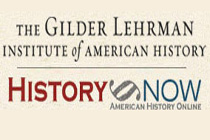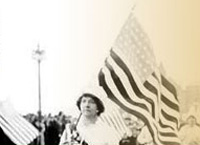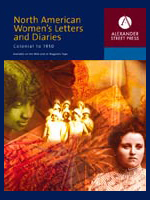The answer to this question has been argued ever since Alexander Graham Bell filed his patent application for the telephone in 1876. Much of the argument has focused on whether Bell should be awarded the palm for its invention or whether it should go to Chicago inventor Elisha Gray, who was conducting experiments at the same time as Bell, was in contact with him, and who filed documentation with the patent office for a telephone device a few hours before Bell. Newspaper reporting at the time—noticeable especially in The Chicago Tribune (Gray lived in nearby Highland Park)—waffled in whether to attribute the new invention to Bell or to Gray.
Bell or Gray—or Meucci?
Answering the question was and is important in the awarding of patents and because of the financial boon that accrues to the patent holder. In fact, the Patent Office and the courts long ago examined the claims of Bell and Gray, and when the smoke cleared, Bell had his patent. Nevertheless, historians Seth Shulman and Edward Evenson have recently wrestled with the evidence surrounding the competing patent claims and have concluded that Bell's application was unfairly strengthened through his inclusion of material describing, in effect, Gray's experiments, the knowledge of which, they argue, Bell gained either from the patent attorneys that he and Gray had engaged or from a corrupt Patent Office official. Thus, the controversy over the awarding of the patent continues, at least for historians.
The controversy over the awarding of the patent continues, at least for historians.
Not only historians, however, wade into historical questions of who was first with this or that discovery or creation. Politicians are seldom shy about pronouncing on such issues—often, it appears, out of a desire to honor the achievements of people of particular ethnic backgrounds. In June 2002, for example, the U.S. House of Representatives passed a (non-binding) resolution honoring Italian inventor Antonio Meucci, who apparently did invent a delicate and primitive telephone some time in the 1850s. Ten days after the U.S. resolution, the Canadian Parliament "countered" by honoring the Scottish-born, long-time Canadian resident Alexander Graham Bell as the telephone's true inventor.
The One and the Many
History would be easier if each invention had a single inventor. Sometimes this is the case—but often it is not, despite our tendency to identify a solitary genius in whose mind a great idea suddenly lit up fully-formed. Rather (more?) often, many people work on a problem at the same time, making incremental approaches toward a solution, and influencing each other in the process. In such cases, crediting one person with the solution or invention can seem arbitrary. The claim to invention per se is sometimes buttressed through impressive efforts at self-promotion or by successes in organizing the invention's commercial exploitation.



